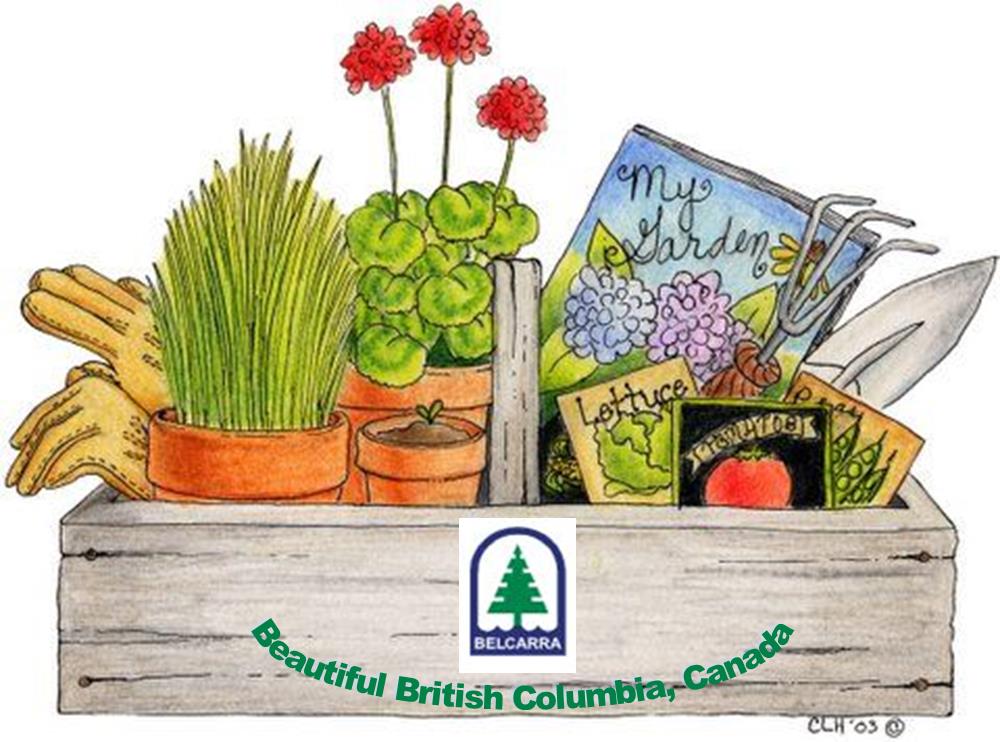Vermiculture: Worm Composting
|
“Wiggly, squiggly, jiggly, do, That, my dear readers, is the chorus to one of our absolute favourite “Earth Day” songs at school! (from an old David Suzuki “Rainforest” cassette!) As anyone who gardens with children knows, it’s always exciting to find a worm! Did you realize that there are over 6,000 kinds of worms? In an acre of favourable land, there might be a million earthworms. The longest worm ever found was in South Africa and was 6.7 meters (22 ft)! One type of Australian worm is 3.7 meters (12 ft) long and weighs 680 grams (1.5 lbs)! Worms don’t have eyes, but they are sensitive to light. They have a mouth at the anterior (front), and when they are fully grown, have about 150 rings (segments). Each segment has little bristles (setae) that help them move. Worms have five hearts! The whitish band near the anterior is the reproductive organ (clitellum). Worms are hermaphrodites (have both male and female parts). A tiny cocoon is formed after mating, which is shed. About 3-5 babies will hatch. Worms don’t have teeth, but they do have a gizzard. Tiny particles of sand and soil help them grind their food. Bacteria must break down the larger pieces before worms can eat them. Worms are a very important part of our ecosystem! They eat organic matter, like plants, and decaying animals. They help bring air and water into the soil. The castings they leave behind are a valuable fertilizer. You can buy commercial worm composters or you can make one yourself out of a big plastic bin. I bought my three layered plastic bin many years ago at the “West Coast Women’s Show”. (Yes, I did buy some “ladies’ stuff too!). We kept it right in the classroom (no bad odours at all!) and loved to check under the apple cores for “worm parties”! It still functions perfectly after over 10 years of use! Red Wiggler worms (as opposed to garden nightcrawlers) are the best to use in an indoor worm composter because they don’t mind an enclosed space or warmer indoor temperatures. They reproduce quickly and eat their body weight in food each day. They are purchased by the box or bag from a worm farm. You can also dilute and use the drained off liquid (sometimes called “worm tea”, although that’s not exactly the correct name) to feed your plants! Just “google” worm composting and you will find LOTS of videos on how to construct your own worm bin! “He likes to eat dead leaves, he likes to take them out of sight, |
Worm Compost Bin |
How to make your own worm bin.
|
Worm Bin Project: 5 lessons |
City Farmer "Worm Words Glossary for teachers" (really!!!) |
|
Backyard Composting in 10 Easy Steps Metro Vancouver http://www.metrovancouver.org/services/solid-waste/SolidWastePublications/HeresTheDirt.pdf#search=%22Composting%22 |
Mother Earth News: Step-by-Step Guide to vermicomposting |
Worm Composting Headquarters (lots of good information) This company also sells worm "factories" but I'm not sure about prices shipping to Canada. |
|
My own worm bin looks like this one, but only has 3 trays. https://www.wayfair.ca/outdoor/pdp/homestead-essentials-5-tray-13-gal-worm-bin-c001687445.html |
"Worms Eat My Garbage" Book
|
|
Belcarra, BC, Canada While putting together links on worms and composting, we found some disturbing information on how WORMS are actually INVASIVE and some are having a detrimental effect on our Boreal forests! Furthermore, species such as "Jumping Worms" are spreading northward. Check it out our webpage! |
![]() Back to Nature's Classroom index
Back to Nature's Classroom index
This page created March 2020
updated May 2022
.
